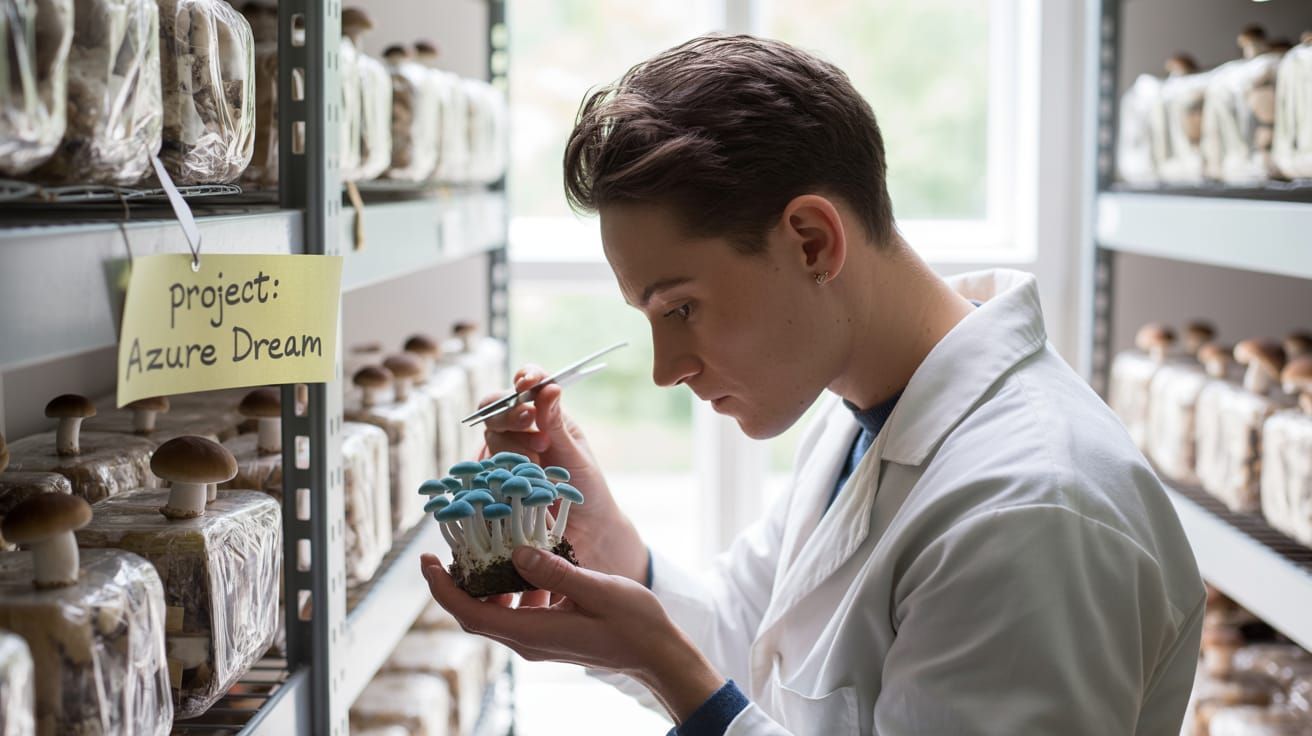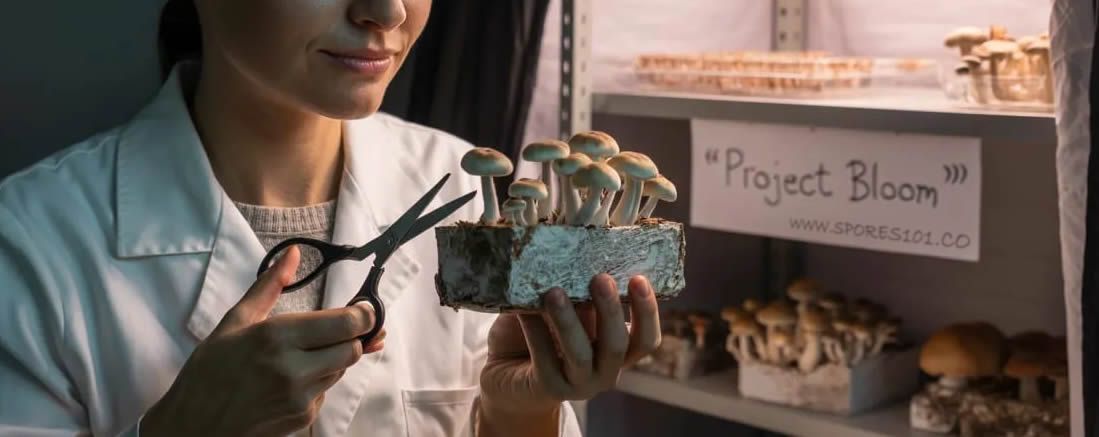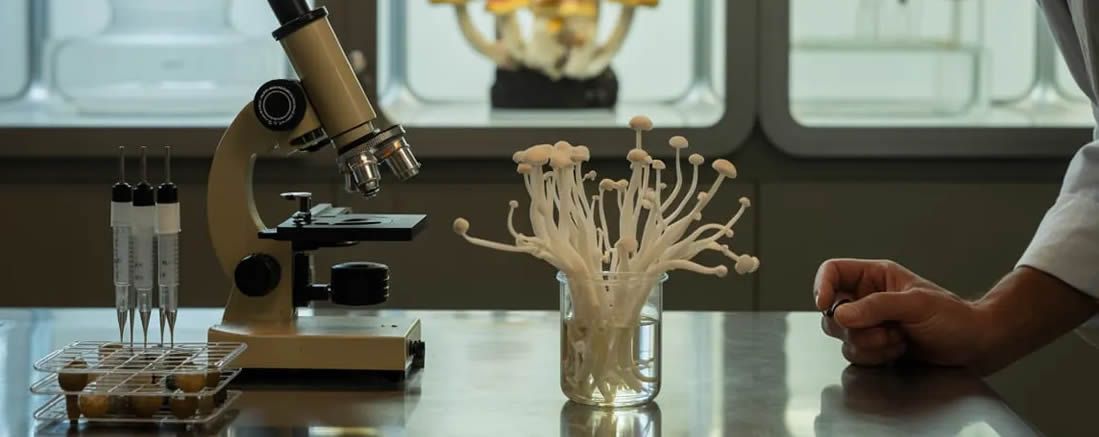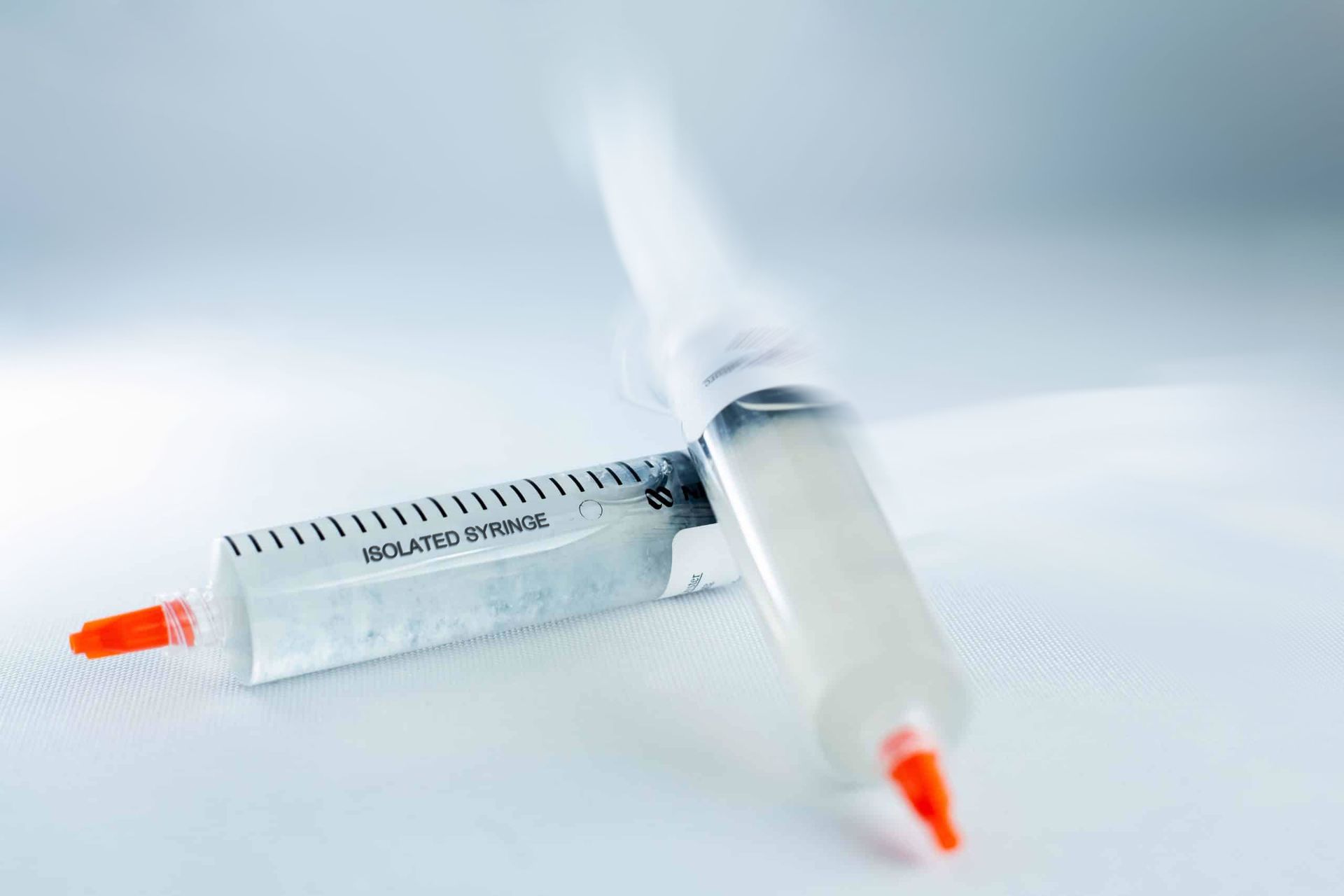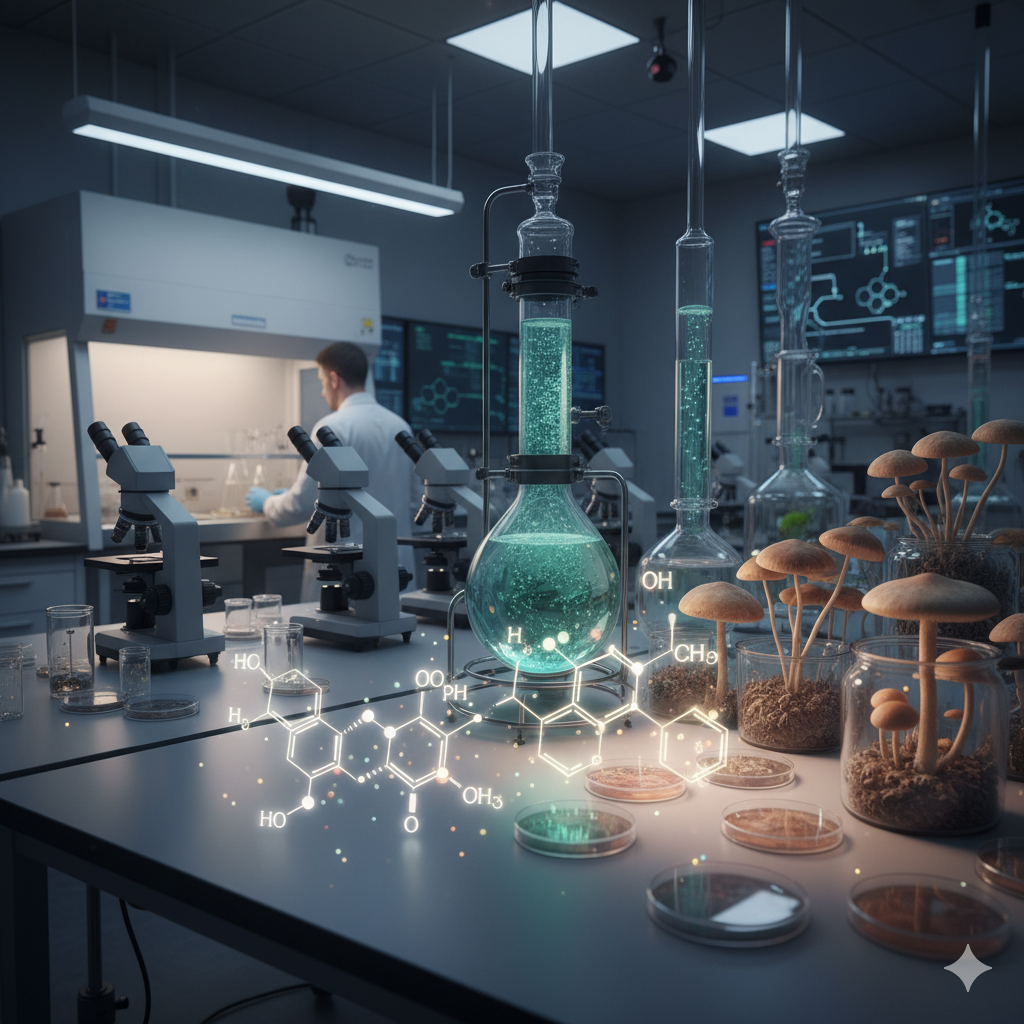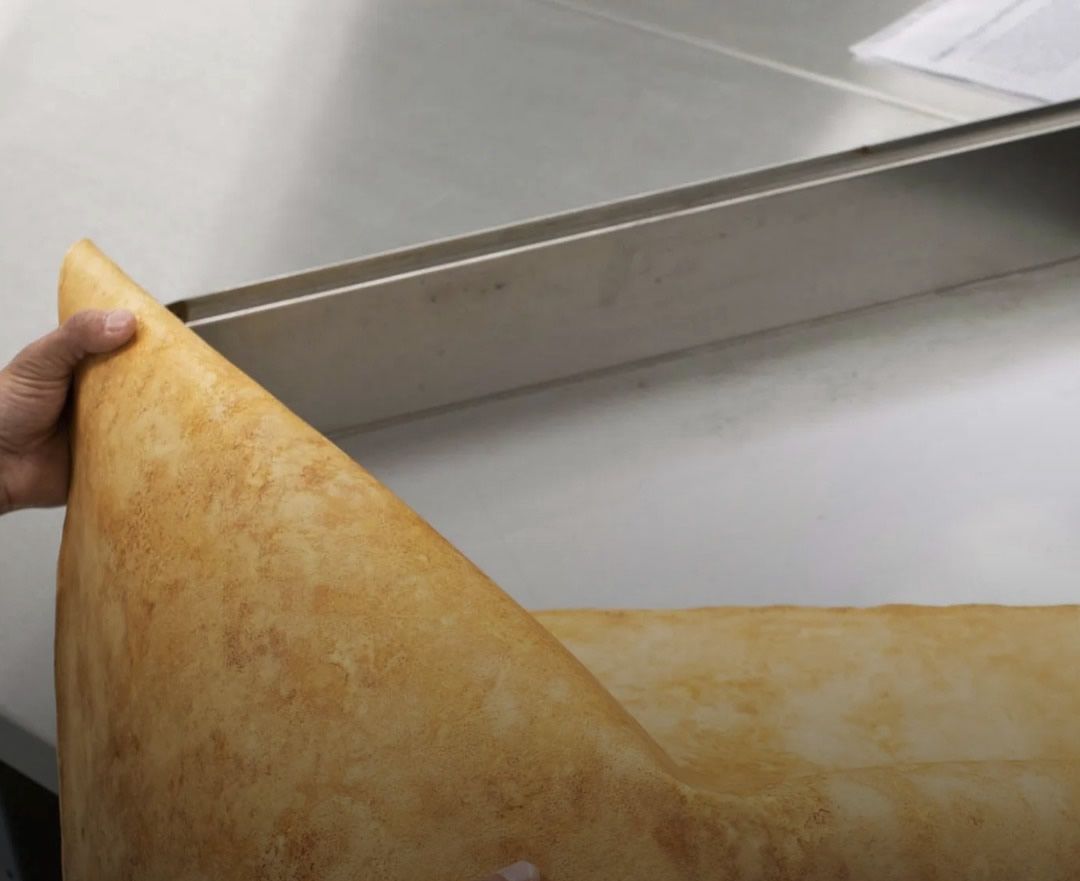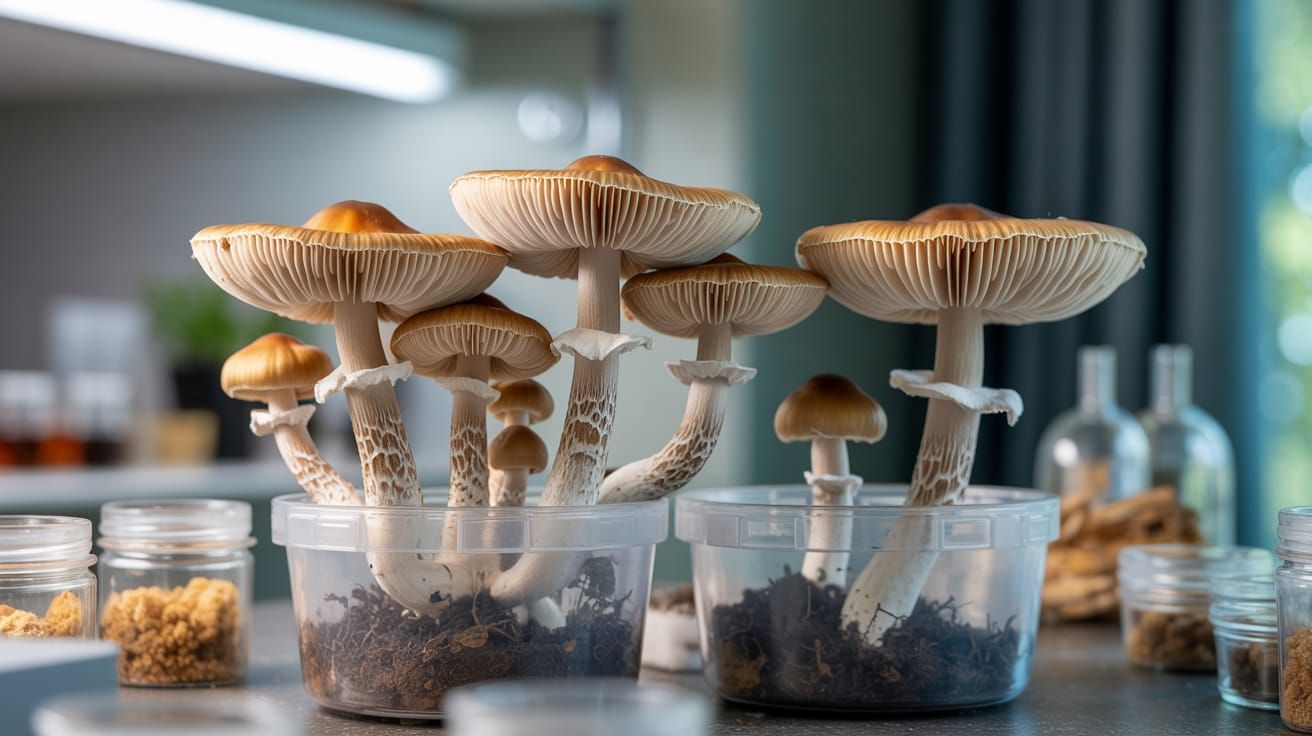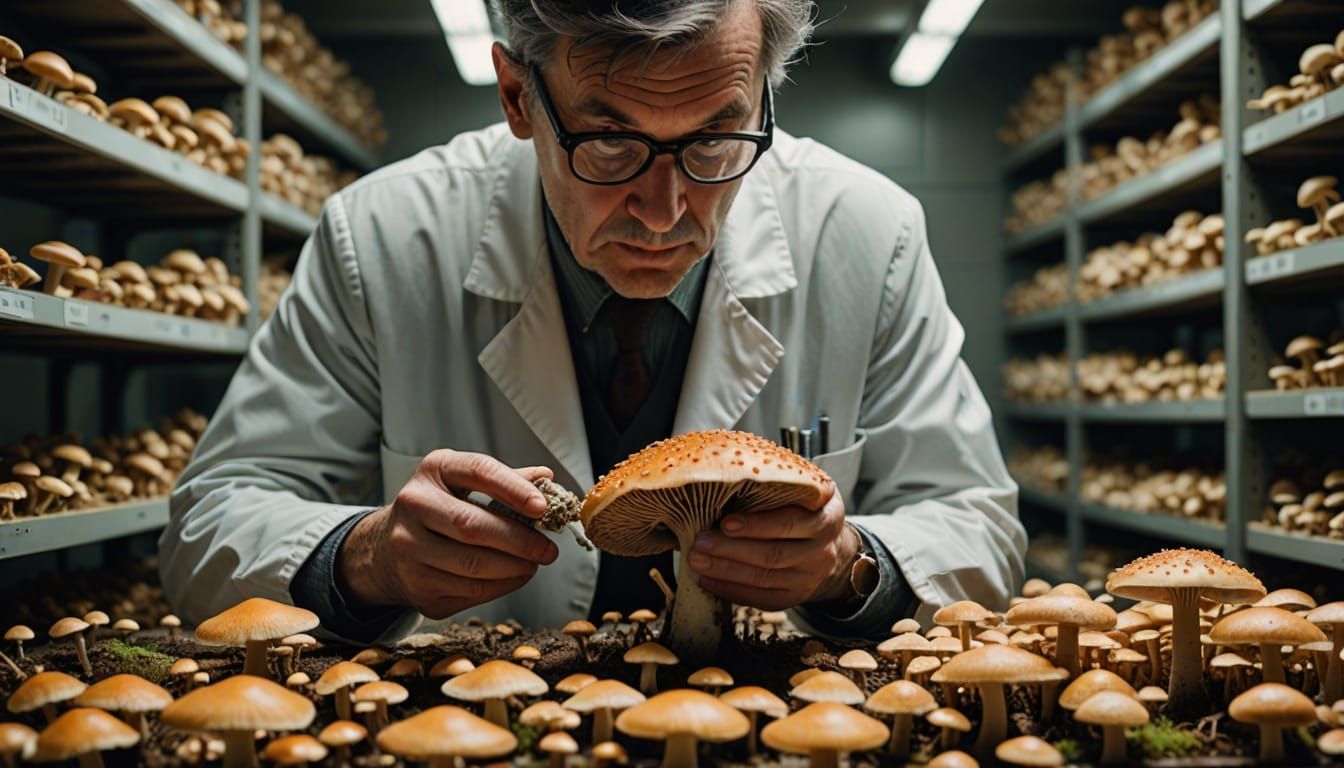Spores vs. Isolated Cultures: What's the Difference and When to Use Each
Spores Are for Genetic Collection, Not Cultivation.
One of the most common misunderstandings among new mushroom growers is the difference between spore syringes and isolated (or “live”) cultures—and more importantly, how and when to use them. If you’ve ever been tempted to inject a spore syringe directly into your grain jars and wait for a healthy grow, you’re not alone. But the truth is, that approach often leads to contamination, disappointment, or total failure. Here's why.
Spores Are for Genetics, Not Growing
Spores are nature’s way of preserving and spreading fungal genetics. When you order a spore syringe, you’re essentially receiving a genetic starting point, not a fully developed organism. Each syringe contains tens of thousands of spores in suspension—microscopic packages of DNA that need to germinate, grow, and be refined before they’re suitable for reliable cultivation.
"The key thing to understand is this: spores are not clean or consistent enough to go straight into a substrate or grain."
Even in the most sterile environments, it’s impossible to collect and store spores without some level of contamination. Spores can (and often do) contain bacteria, mold, or other unwanted organisms. That’s why the proper way to use a spore syringe is on agar plates—a nutrient-rich jelly that lets you observe growth, isolate clean mycelium, and refine your genetics over a few transfers. This step is known as agar work or isolation.
The Process with Spores:
- Inoculate agar with the spore solution.
- Wait for germination—this can take anywhere from 3 to 14 days.
- Look for signs of healthy mycelium (usually white and rhizomorphic).
- Transfer clean sections to new agar plates to isolate away from contamination.
- Repeat until you have a clean, vigorous culture.
- Only then can you expand that culture onto grains or other substrates.
This process can take a few weeks but is absolutely necessary if you’re starting from spores. Attempting to inject a spore syringe directly into grain or substrate skips all the selective steps, almost always leading to contamination or poor results.
So if spores require all this extra work, what’s the alternative?
Isolated Cultures: Ready to Grow
An isolated culture (sometimes called a liquid culture) is mycelium that has already gone through that early agar work. Someone has taken the time to germinate spores, isolate clean growth, and propagate that mycelium into a stable, consistent form that can be used directly in cultivation. This mycelium is typically stored in a liquid medium or on agar, and it's ready to be transferred straight to grain jars, spawn bags, or other substrates.
Advantages of Using Isolated Cultures:
- Clean and contamination-free: Isolates have been cleaned through repeated agar transfers.
- Ready to use: No need to start from scratch—just inoculate and go.
- Faster colonization: Isolated mycelium is already active and doesn’t need time to germinate.
- Guaranteed genetics: You know what strain or variety you’re working with, and how it typically performs.
Because of this convenience and reliability, isolated cultures are priced higher than spore syringes. You're not just paying for genetics—you’re paying for time, stability, and predictability.
So Which One Should You Use?
It depends on your goals and your skill level:
- If you're collecting genetics, practicing agar work, or looking to build your own culture library, spores are the right tool. They’re also legal to purchase in many places because they haven’t germinated and aren’t considered "active" in cultivation terms. Just remember: spores require agar work. They are not plug-and-play.
- If you're ready to grow and want to skip the prep work, isolated cultures are ideal. They’re especially great for growers who are focused on yield, speed, and consistency. Live cultures are also useful for those who may not have the setup or experience for agar work.
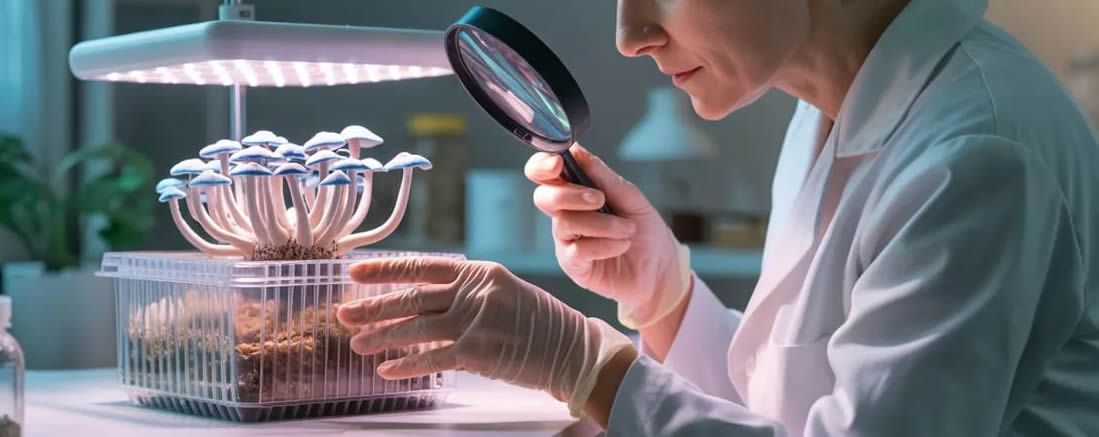
Spores and live cultures serve different purposes. Spores are the raw genetic material; isolated cultures are the refined product. Trying to use spores like they’re a finished culture is like trying to bake a cake using flour and eggs straight from the farm—you still need to mix, prep, and bake.
Whether you're just starting out or stepping up your grow game, understanding the proper use of spores vs. cultures will save you time, money, and frustration. Respect the process, learn agar work if you're using spores, and don’t skip steps. Cultivation success starts with using the right tool the right way.


